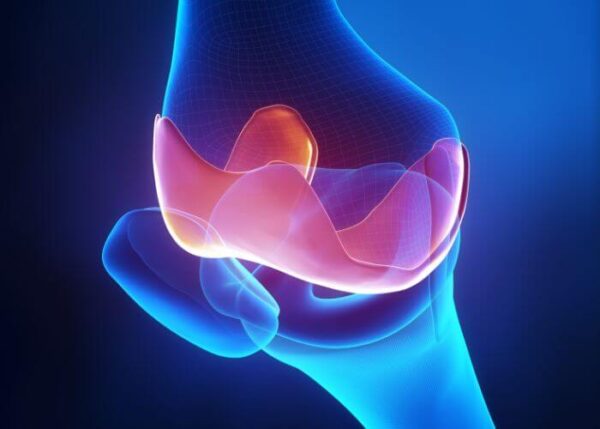Joint preservation and cartilage restoration
Your joints play a pivotal role in your ability to move and carry out daily activities. Over time, joints can be subject to wear and tear, injuries, and degenerative conditions that can threaten your mobility. Joint preservation and cartilage restoration are essential aspects of orthopedic care that aim to protect and maintain the health of your joints, allowing you to enjoy an active life.

- Joint Preservation:
Joint preservation is the proactive approach to maintaining joint health, especially in cases where joint degeneration is evident or anticipated.
It focuses on preventing or delaying the need for more invasive treatments like joint replacement. Lifestyle modifications, physical therapy, and the use of orthobiologics (natural substances that promote healing) are commonly employed in joint preservation.
Joint-preserving surgeries may include realignment procedures to correct joint instability.
- Cartilage Restoration:
Cartilage is the smooth, flexible tissue that covers the ends of bones in a joint, allowing them to move without friction.
Cartilage restoration techniques are designed to repair damaged or lost cartilage in joints. Common approaches include microfracture, osteochondral grafting, and autologous chondrocyte implantation (ACI), among others.
These procedures aim to reduce pain, improve joint function, and slow the progression of arthritis.
- Non-Surgical Approaches:
Joint preservation often begins with non-surgical strategies like physical therapy, activity modification, and the use of assistive devices.
Anti-inflammatory medications and orthobiologics, such as platelet-rich plasma (PRP) and stem cell therapy, may be used to reduce pain and promote healing.
- Surgical Options:
When non-surgical methods are insufficient, surgical interventions may be considered. Procedures like high tibial osteotomy (HTO), joint realignment, and ligament reconstruction can help address joint instability and deformities.
Cartilage restoration surgeries focus on repairing or replacing damaged cartilage.
- Rehabilitation and Physical Therapy:
Following joint preservation or cartilage restoration procedures, rehabilitation and physical therapy are crucial for a full recovery.
These programs aim to restore joint mobility, muscle strength, and overall function.
- Patient Education:
Understanding the importance of joint preservation and cartilage restoration is essential. Patients should be aware of risk factors, joint protection techniques, and the signs of joint problems.
- Benefits:
Successful joint preservation and cartilage restoration can result in reduced pain, improved joint function, and a better quality of life.
These approaches can delay or potentially eliminate the need for joint replacement surgery.
Joint preservation and cartilage restoration are essential components of orthopedic care that focus on keeping your joints healthy, functional, and pain-free. Whether you’re an athlete seeking to return to your sport or an individual aiming for a pain-free, active lifestyle, these strategies offer hope and improved joint longevity.
